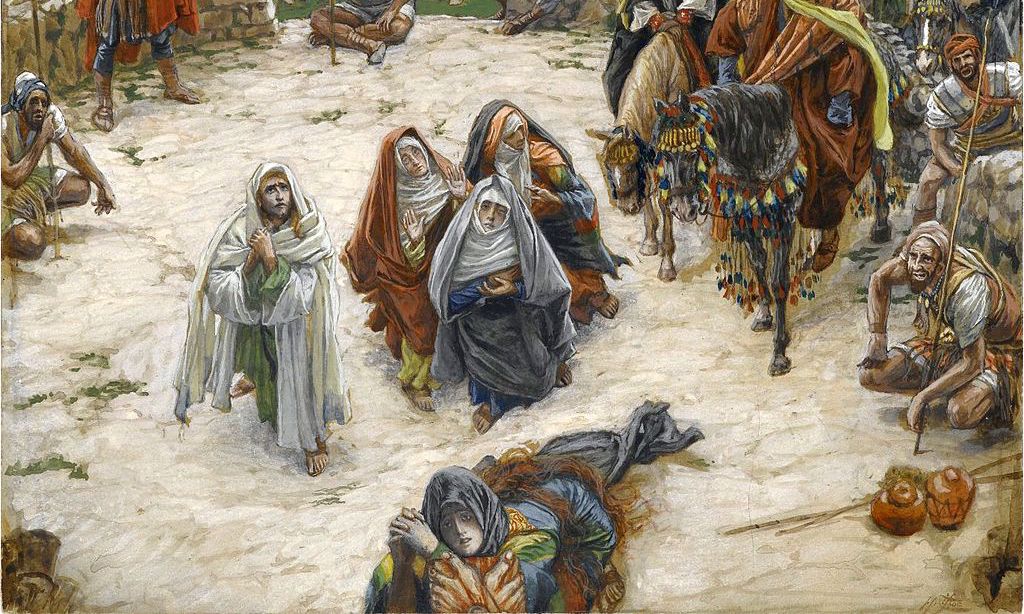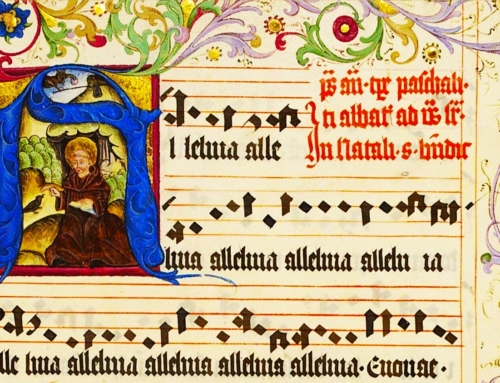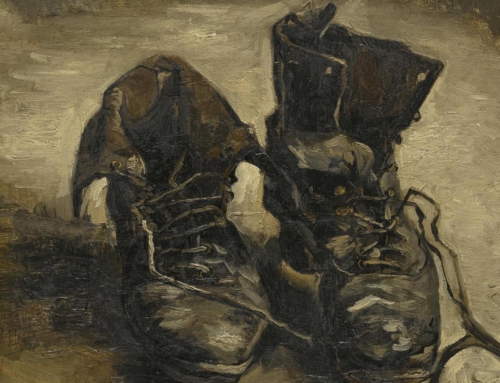The rosary is the Catholic devotion. You see it on the rearview mirror, in baskets near the church entrances, hanging off the belts of religious; it’s everywhere in the Catholic world, and has been for some time. No stretch of the imagination is necessary to say the rosary has been the West’s favorite devotional prayer for over 800 years. On this Feast of the Holy Rosary, it’s worth considering what makes the rosary so special in the Church, what makes it a truly Christian prayer.
On a personal level, the rosary has always been an aid in my life as a Christian, even though finding time to pray could prove challenging. During college, for example, I often found it easy to slip away from saying it (after all, there were papers to write and coffee appointments to be kept). Still, there was always something that drew me to really love praying the rosary: a subtle realization that, when I spent time praying it, I was just drawn closer to the Lord Jesus.
It isn’t really surprising that the rosary has had this sort of effect on so many Christians for so long a time. After all, in the rosary, we confront the mystery of the Lord Jesus. We don’t approach this mystery alone, either. Going to Mary in prayer is “adhering with her to the plan of the Father” (CCC 2679). The rosary gives us a familiar way to approach Mary. In it, we enter a communal meditation; we join her as she contemplates her son.
This communal contemplation merges meditation on Christ with vocal prayer to Mary. It’s as if we are standing at the side of Mary, both gazing upon her son Jesus. In coming face to face with the mystery, our response is that of Gabriel and Elizabeth: “Hail Mary! … Blessed art thou!” (Luke 1:28, 41–42). We stand with Mary at the manger and see Christ, the God-Man, born to save the world, and in the face of such a mystery, we can’t help but say, “Mary, God has favored you! He has chosen you for his mother! Blessed art thou!” We listen with Mary to the Lord’s proclamation of the kingdom, and we can’t help but say, “The son you brought forth is preaching grace and forgiveness for the world! Blessed art thou!” We accompany Mary as her son dies upon the cross for love, and in the face of such a mystery, all we can say is, “Blessed art thou among women.”
These mysteries move us to praise Mary, as our biblical predecessors did upon first sight of her. Still, we can never reduce the rosary to a purely imaginative or emotional exercise around the events of Christ’s life. As we meditate on the mystery of Christ’s life, we always have to do so with the aim of entering that mystery. The Christ presented to the Father in the temple, offering himself up in the upper room for his friends, humiliated with a mock crown, and ascending to his Father, is the head and leader of the church (Col 1:18). What he has lived, we now live. The Catechism says it best; “Christ enables us to live in him all that he himself lived, and he lives it in us” (521).
Can any Christian hope to thus imitate the Lord Jesus? Only by trusting and embracing God’s plan of grace for us. In the Gospel, we see various parts of the plan, one of which being Mary’s motherly care. Thus, the evangelist writes that “all was now finished” only after the Lord gave Mary as a mother for his beloved disciple (John 19:27–28). We, in the face of our faults and failures, ask this mother to “pray for us sinners.” We ask her in whom the Son of God was formed, to form us, by her prayers, as children of God in the body of Christ.
✠
Image: James Tissot, What Our Lord Saw from the Cross







